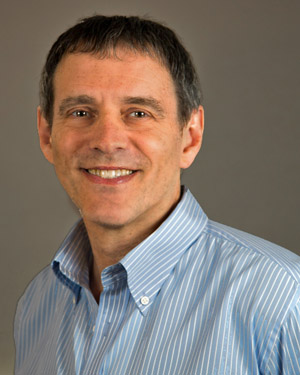
Steven Weiner, Computer Specialist and Aesthetic Realism associate, writes:
Each one of us has a self, but a most important question is: how much do we understand that self? What is it we most need to know about our very selves, and the selves of other people? For the explanation that really makes sense and will enable you to understand the self which is yours, and that of others, read “What the Self Is–Including One’s Own,” the much needed, compelling new issue of The Right of Aesthetic Realism to Be Known!
The commentary by Ellen Reiss begins:
Dear Unknown Friends:
We begin to serialize here The Renaissance Shows Self, a 1970 lecture by Eli Siegel. With all that America is in the midst of right now, there is this—which is historic and beautiful: a growing insistence that every person be seen as having a self that is as real and full as anyone else’s. In the lecture we’re serializing, Mr. Siegel uses English Renaissance poems to speak about the self that is everyone’s. And as introduction, I’ll say some things about the way Aesthetic Realism sees the self, a way that is different from other approaches and is great and true.
We need Aesthetic Realism’s explanation of the self in order to know our own selves, be ourselves, be true to ourselves. We also need it in order for people to see other people with real justice. As I speak about Eli Siegel’s historic understanding of the self, I’ll quote some passages from his writing on the subject, passages beautiful as prose and comprehension. And I’m sure that in the course of this serialization, I’ll quote others.
The Constant Situation
In the very title of Eli Siegel’s book Self and World: An Explanation of Aesthetic Realism, is to be found the big, constant situation of every self. We each have to do centrally with nothing less than the world, the whole world. He wrote:
We all of us start with a here, ever so snug and ever so immediate. And this here is surrounded strangely, endlessly, by a there. We are always meeting this there: in other words, we are always meeting what is not ourselves, and we have to do something about it. We have to be ourselves, and give to this great and diversified there, which is not ourselves, what it deserves. [Self and World, p. 91]
There is nothing in the world, Mr. Siegel showed, that is disconnected from the self of each of us. We are the results of history, of evolution; the atomic structure, present in all things of matter, is intimate to us—we could not be without it. The language we use to speak with, and think privately to ourselves with, was created over centuries by millions of people we never met. If we hear a thing mentioned, even something we never heard of before, it’s now in our mind in some fashion—and our mind always had the possibility of containing it. In chapter 9 of Self and World, “The Child,” Mr. Siegel writes:
The first purpose of a self is to be. It therefore has to be asked: What does it mean for a self to be?…A baby at birth is pushing towards freedom and inclusiveness of perception. By this I mean that a baby wants to feel that it is; and at the same time, wants to feel all that is besides its own life. [P. 238]
Our learning about this is the beginning of justice not only to our own selves but to all people. A person of any background or skin tone is a self, richly individual yet born into and having to do with everything. When you see a person this way you cannot be brutal to him or her….Read more